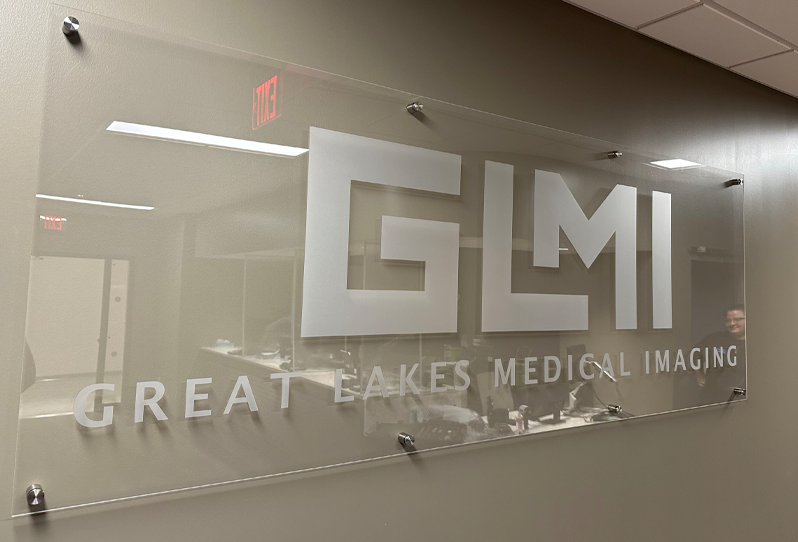Our Blog
Should You Consider a Preventive Vascular Ultrasound Even Without Symptoms?

Vascular health often goes unnoticed until a major issue arises—such as a stroke, aneurysm, or deep vein thrombosis. But these serious conditions can frequently be prevented through early detection. For residents of Buffalo and Western New York, Great Lakes Medical Imaging (GLMI) offers advanced vascular ultrasound services that provide critical insights into your circulatory system, even if you feel perfectly healthy.
What Is a Vascular Ultrasound?
A vascular ultrasound is a non-invasive imaging test that uses sound waves to visualize blood flow through your arteries and veins. This test can detect blockages, narrowing (stenosis), blood clots, and other vascular abnormalities. Unlike some imaging methods, it does not involve radiation, making it safe for routine preventive screening.
Why Preventive Screening Matters
Many vascular conditions develop silently over years. By the time symptoms appear, the disease may already be advanced. Preventive vascular ultrasound can detect early warning signs and allow physicians to recommend lifestyle changes, medications, or procedures to reduce your risk of serious complications.
Who Should Consider a Preventive Vascular Ultrasound?
Even without symptoms, certain individuals are at higher risk for vascular disease. You may benefit from screening if you have:
- A family history of stroke, aneurysm, or peripheral artery disease
- High blood pressure or high cholesterol
- Diabetes or metabolic syndrome
- A history of smoking or significant secondhand smoke exposure
- Obesity or a sedentary lifestyle
- Age 55 or older (earlier for those with multiple risk factors)
Conditions Detected by Vascular Ultrasound
Vascular ultrasounds can help identify several potentially life-threatening conditions, including:
- Carotid artery disease: Narrowing of the neck arteries that supply blood to the brain, increasing stroke risk.
- Abdominal aortic aneurysm (AAA): A bulge in the aorta that can rupture if undetected.
- Peripheral artery disease (PAD): Reduced blood flow to the legs, leading to pain and mobility issues.
- Deep vein thrombosis (DVT): Blood clots in the deep veins, which can travel to the lungs and cause a pulmonary embolism.
What to Expect During the Exam
The procedure is simple and painless. A technologist applies a special gel to the skin and moves a small probe (transducer) over the area being examined. Images are captured in real time, and the test typically takes 30–60 minutes. You can resume normal activities immediately afterward.
Why Buffalo Residents Choose GLMI
At GLMI, we combine state-of-the-art technology with compassionate, patient-focused care. Our vascular ultrasound services are available at multiple convenient locations across Western NY, including:
- Williamsville
- Cheektowaga
- Orchard Park – Sterling Park
- Orchard Park – Big Tree
- Cambria (Niagara County)
With fast scheduling and collaboration with local physicians, we ensure patients receive timely results and personalized recommendations for ongoing care.
Integrating Vascular Screening into Preventive Care
Preventive vascular ultrasounds work best as part of an overall health strategy. Combining this imaging with regular checkups, blood pressure monitoring, and lifestyle modifications—such as quitting smoking and improving diet—significantly reduces the risk of future vascular events.
Schedule Your Preventive Vascular Ultrasound Today
If you’re looking to be proactive about your vascular health, contact GLMI today to schedule a preventive vascular ultrasound. Early detection is key to avoiding severe complications and maintaining long-term health.
Medical Disclaimer: This article is for informational purposes only and does not replace professional medical advice. Always consult with your healthcare provider to determine whether preventive vascular screening is appropriate for you.
‹ Back









